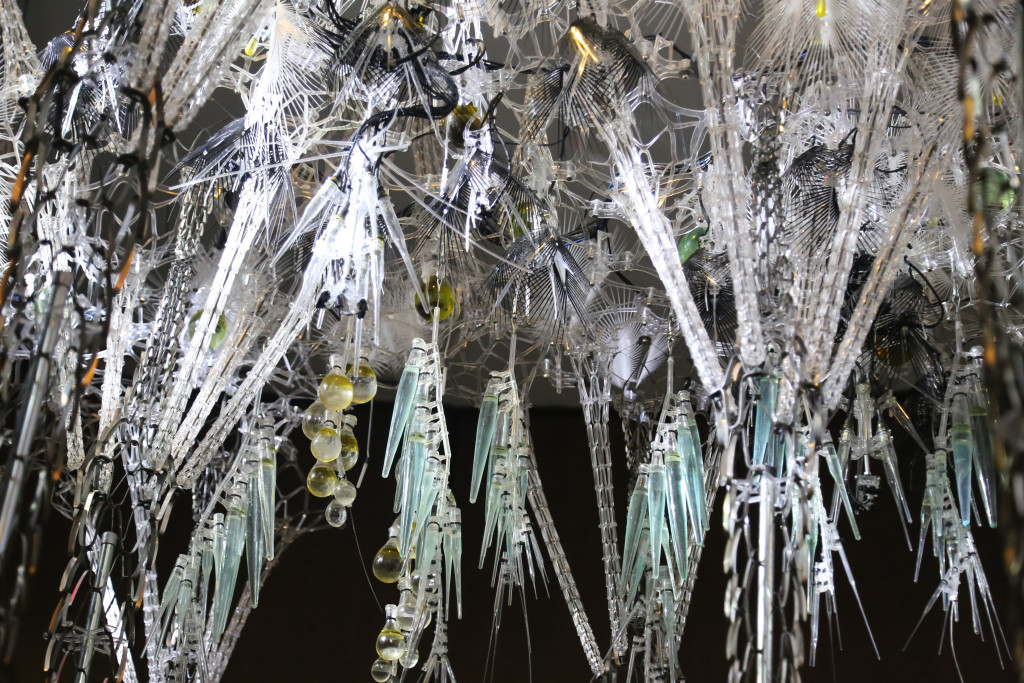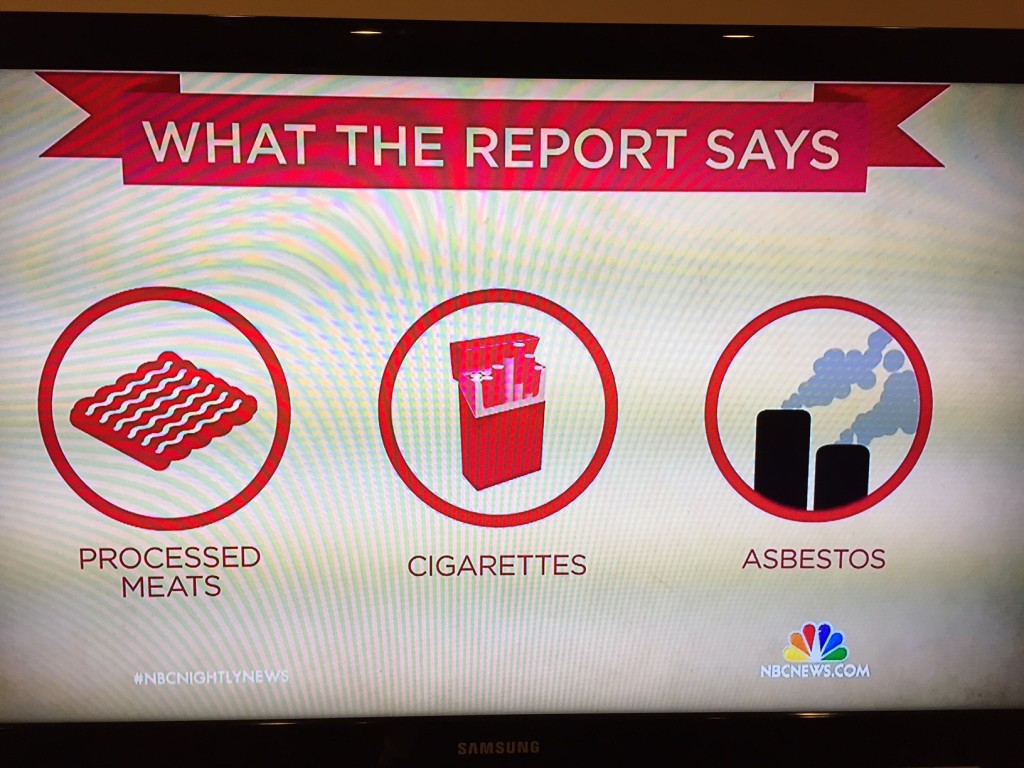I am still irritated by the one sided New York Times article on people who think “raw water” is better than treated water. I wrote previously about the various microorganisms and chemicals that can be found naturally in groundwater, but I wanted to expand a bit on water borne diseases and why we treat water. Not all water borne diseases are a result of microorganisms.
High nitrates in water can lead to blue-baby syndrome, more properly known as infant methemoglobinemia. Nitrates is associated with human-related water contamination, especially agriculture.
Arsenic occurs naturally in many groundwater sources. The United States Geological Survey (USGS) has mapped arsenic in groundwater based on a great deal of sampling. Arsenic in groundwater is particularly problematic in southeast Asia. Arsenic can cause cancer, cardiovascular disease, and skin lesions, among other issues.
Other naturally occurring metals and radioactive elements can be found in groundwater that can cause long term health problems. Groundwater and surface can also become contaminated from human activities with volatile organic compounds, pesticides, and other chemicals that you don’t generally want to ingest.
Then there are all the illnesses caused by microorganisms in water. According to the Centers for Disease Control and Prevention (CDC), the most common waterborne disease outbreak for 2013-2014 was Legionella, which I admit surprised me. Legionella causes respiratory illness due to inhalation of it, which is why it is normally associated with people inhaling the mist of cooling towers and air conditioning systems. [This is how it was first discovered and named when members of the American Legion got sick at a convention in Philadelphia hotel with unsterilized water in a cooling system.]
Most waterborne microorganism caused illness cause gastrointestinal illness though. Most people have heard of Giardia lamblia, which can cause diarrhea. There is Shigella which causes diarrhea, fever, and stomach cramps. E. coli is another common microorganism that can cause gastrointestinal illness found in both food and water. Cryptosporidium is a nasty microorganism that can cause illness. The reason I call it nasty though is because the parasite is protected by a shell that makes it particularly difficult to kill with disinfectants.
While luckily not a problem in the U.S., cholera, another waterborne disease, has killed many people throughout history. Yemen is currently in the midst of a horrible outbreak that has killed thousands and infected a million people. The cholera outbreak in London in 1854 is considered by most to be when the field of epidemiology started when John Snow, a physician, removed the Broad Street pump handle to show that that pump was the cause of most of the cases.
Point of all this is, be thankful for modern water treatment. There are very few waterborne illnesses in the U.S. It is rather rare for a person to get sick from water that comes from a public water supply, and when they do, most often because something has gone wrong at the water treatment plant. There are other issues of course, such as old water systems with lead in the pipes or solder. The source water can also become contaminated with something that the water treatment plant was not designed to treat. On the whole though, you are much more likely to become ill from untreated water then from treated water.



























